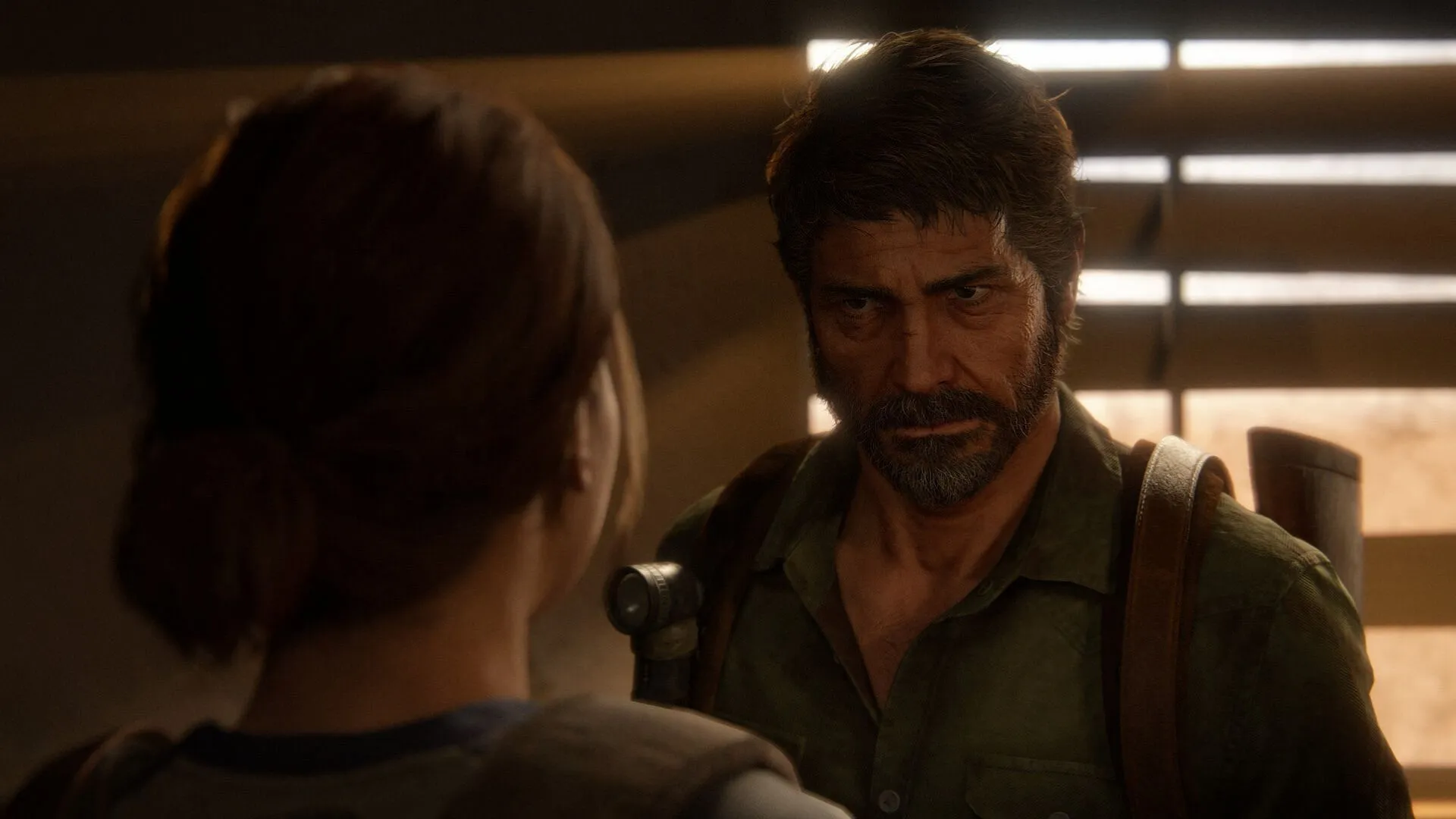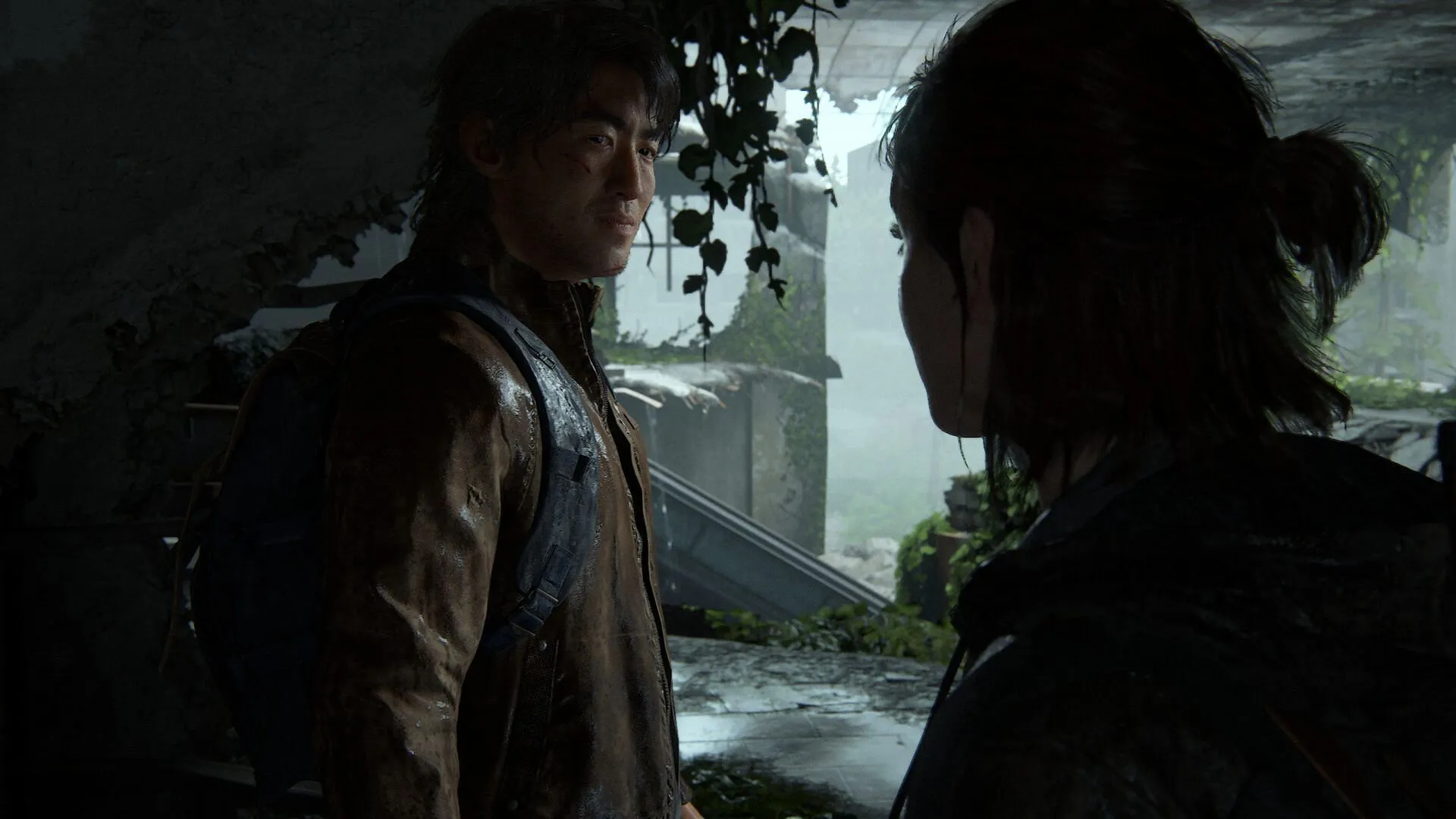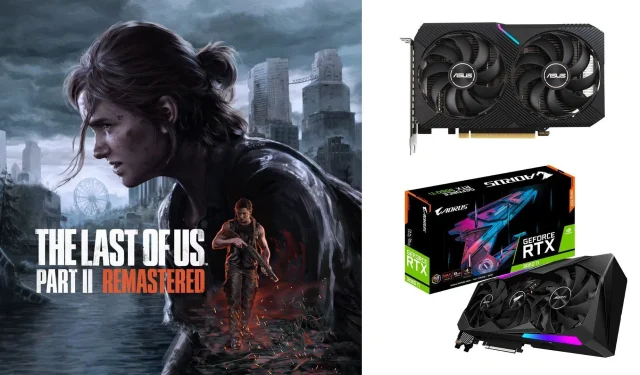On April 3, 2025, “The Last of Us Part 2 Remastered”made its debut on PC, marking a significant expansion for fans who previously enjoyed the game exclusively on PS4 and PS5. This remastered version not only enhances the gaming experience but also introduces new opportunities for PC gamers.
The system requirements for the remastered edition indicate moderate demands, with the NVIDIA RTX 3060 recommended as the ideal graphics card for high settings. This GPU excels at 1080p gaming, so players with either the RTX 3060 or RTX 3060 Ti can expect a smooth gameplay experience at impressive configurations.
To maximize performance and gaming quality, adjusting the settings is highly recommended. In the following sections, we will detail the optimal configurations for “The Last of Us Part 2 Remastered”on both the RTX 3060 and RTX 3060 Ti.
Optimal Settings for RTX 3060

When played on the RTX 3060, “The Last of Us Part 2 Remastered”showcases breathtaking visuals even at 1080p resolution, achieving around 80 fps with high graphical settings. The game’s graphics are further enhanced by enabling Nvidia’s DLSS 4 in Quality mode, elevating both visual fidelity and frame rates.
It’s advisable to keep VSync disabled unless you’re using a monitor without Nvidia G-Sync or AMD FreeSync technologies. Although the game runs efficiently at higher resolutions, such as 1440p, players may notice a decrease in frame rates as a trade-off.
Here are the recommended settings for the RTX 3060:
Display Settings:
- Display: 1
- Window Mode: Exclusive Fullscreen
- Aspect Ratio: Auto
- Display Resolution: 1920 x 1080
- VSync: Off
- Refresh Rate: 144Hz
- Framerate Cap: 360
- Anti-Aliasing Mode: DLAA
- Nvidia Reflex Low Latency: On with Boost
- AMD Anti-Lag: Off
- Frame Generation: Off
- Upscale Method: DLSS
- Upscale Quality: Quality
- Upscale Sharpness: 5
- Dynamic Resolution Scaling: Off
- Cinematic Pillarboxes: Off
- Brightness: 0
Graphics Settings:
- Preset: Custom
- Level of Detail: High
- Texture Quality: High
- Texture Filtering: 8x Anisotropic
- Shadow Quality: High
- Screen Space Shadows: High
- Image Based Lighting: On
- Bounced Lighting: On
- Ambient Occlusion: Quality
- Screen Space Reflections: High
- Real-Time Reflections Quality: High
- Real-Time Cloud Shadow Reflections: On
- Screen Space Sub-Surface Scattering: On
- Refraction Quality: High
- Depth of Field: On
- Depth of Field Quality: High
- Motion Blur Quality: High
- Motion Blur Intensity: 0
- Bloom: On
- Particle Density: High
- Volumetric Effects Quality: High
- Lens Flare: Full Resolution
- Field of View: 5
- Camera Shake: 5
- Chromatic Aberration Intensity: 0
- Film Grain Intensity: 0
- Lens Dirt Intensity: 10
Optimal Settings for RTX 3060 Ti

Thanks to its superior performance capabilities, the RTX 3060 Ti enables users to switch the graphics settings to Very High. At 1080p resolution, the game consistently runs at 80–90 fps. While the visual differences compared to High settings are subtle, the enhancements contribute to an overall stunning aesthetic. Similar to the RTX 3060, Nvidia DLSS is enabled with Quality mode for better frame rates.
Below are the ideal settings for the RTX 3060 Ti:
Display Settings:
- Display: 1
- Window Mode: Exclusive Fullscreen
- Aspect Ratio: Auto
- Display Resolution: 1920 x 1080
- VSync: Off
- Refresh Rate: 144Hz
- Framerate Cap: 360
- Anti-Aliasing Mode: DLAA
- Nvidia Reflex Low Latency: On with Boost
- AMD Anti-Lag: Off
- Frame Generation: Off
- Upscale Method: DLSS
- Upscale Quality: Quality
- Upscale Sharpness: 5
- Dynamic Resolution Scaling: Off
- Cinematic Pillarboxes: Off
- Brightness: 0
Graphics Settings:
- Preset: Very High
- Level of Detail: Very High
- Texture Quality: Very High
- Texture Filtering: 8x Anisotropic
- Shadow Quality: Very High
- Screen Space Shadows: Very High
- Image Based Lighting: On
- Bounced Lighting: On
- Ambient Occlusion: Quality
- Screen Space Reflections: High
- Real-Time Reflections Quality: Very High
- Real-Time Cloud Shadows Reflections: On
- Screen Space Sub-Surface Scattering: On
- Refraction Quality: Very High
- Depth of Field: On
- Depth of Field Quality: Very High
- Motion Blur Quality: Very High
- Motion Blur Intensity: 0
- Bloom: On
- Particle Density: Very High
- Volumetric Effects Quality: Very High
- Lens Flare: Full Resolution
- Field of View: 5
- Camera Shake: 5
- Chromatic Aberration Intensity: 0
- Film Grain Intensity: 0
- Lens Dirt Intensity: 10
For additional insights and guidelines, you can refer to the source.


